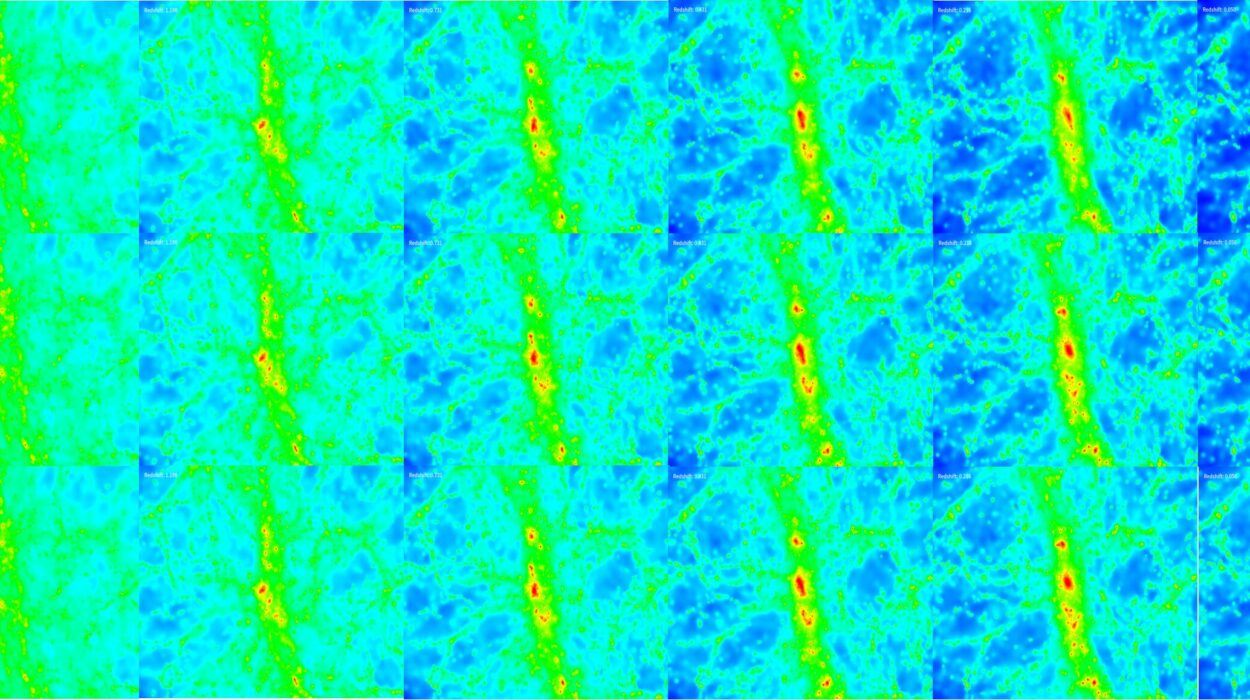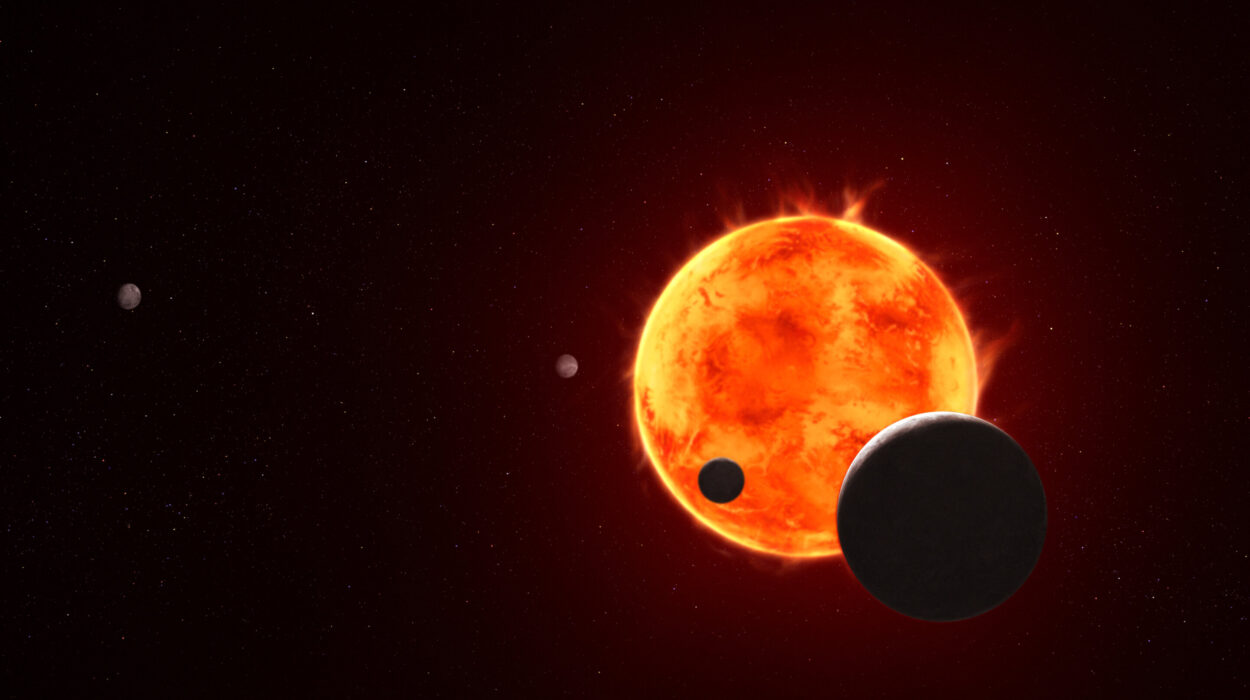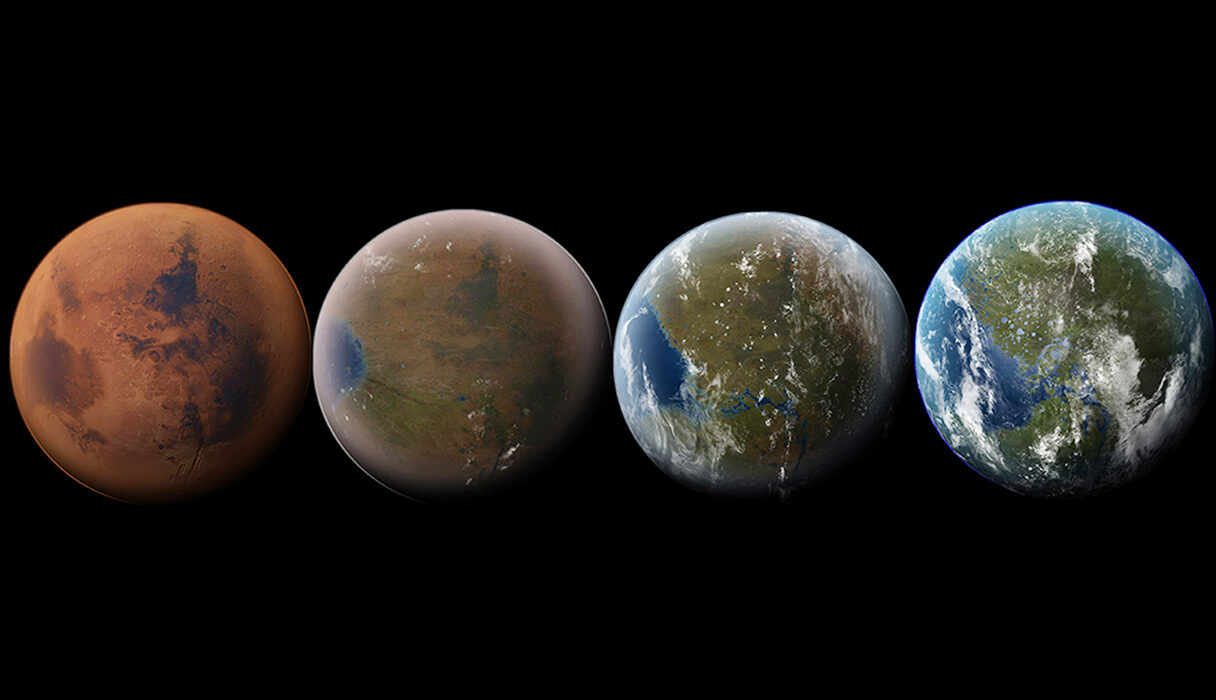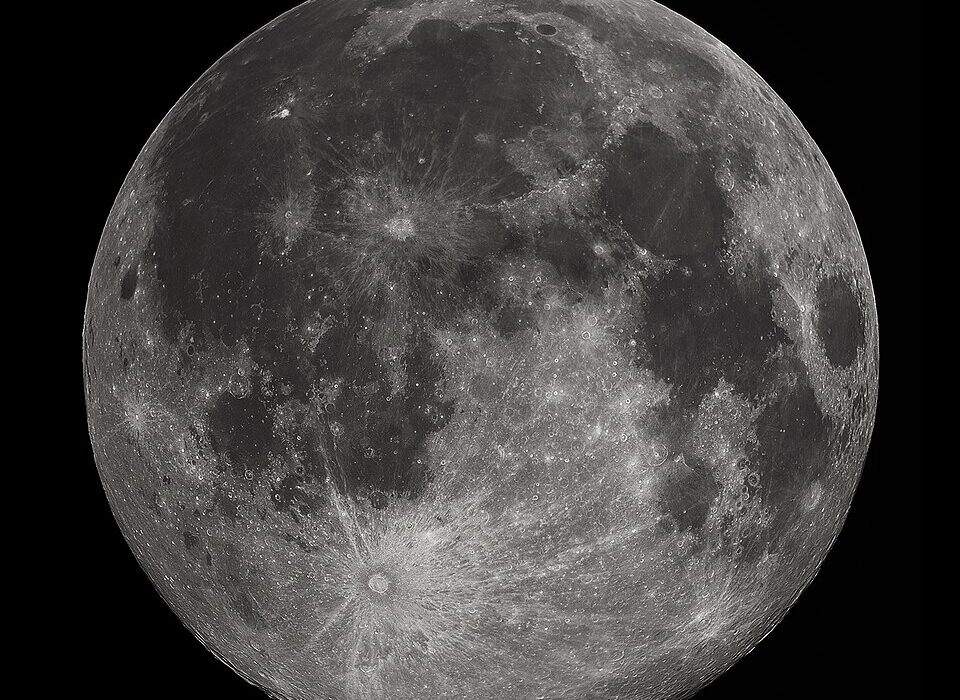In the ever-expanding tapestry of the cosmos, a peculiar, elegant structure has emerged from the vast depths of space—a new supernova remnant with a nearly perfect circular geometry, a cosmic halo of symmetry dubbed “Teleios.” Named after the Greek word for “perfect,” this new find isn’t just visually stunning—it’s also scientifically intriguing, offering a rare glimpse into the turbulent yet beautifully ordered aftermath of a star’s explosive death.
Uncovered by an international team of astronomers led by Miroslav D. Filipović of Western Sydney University, Teleios (formally designated G305.4–2.2) was identified within the radio-continuum data of the Australian Square Kilometre Array Pathfinder’s (ASKAP) ambitious Evolutionary Map of the Universe (EMU) project. What began as a routine analysis transformed into a revelation when astronomers noticed something few ever expect to see in the chaotic aftermath of a supernova—a remnant that is almost a perfect circle.
This geometrical rarity isn’t merely an aesthetic oddity. Teleios opens a scientific doorway to better understand the nature of supernova explosions, the environment in which they occur, and the cosmic consequences they leave behind. From the enigmatic shape to the clues embedded in its spectral signature, Teleios is rapidly becoming a celestial case study for the hidden symmetry of cosmic destruction.
Supernovae and Their Remnants: Cosmic Architects of the Galaxy
To appreciate what makes Teleios so extraordinary, one must first understand the significance of supernova remnants (SNRs). These sprawling structures are the echoes of violent stellar deaths—catastrophic events where massive stars, reaching the end of their nuclear lifespans, collapse and explode, spewing their enriched contents into the surrounding interstellar medium (ISM).
These explosions not only produce the heavy elements that make up planets and people but also generate shockwaves that sculpt and energize their galactic neighborhoods. SNRs expand for tens of thousands of years, gradually slowing down as they interact with the ambient ISM. The remnants are observable across multiple wavelengths—radio, optical, X-ray—each unveiling different aspects of their chaotic interior and periphery.
Yet, most SNRs are irregular in shape, distorted by the varying densities of surrounding material or the asymmetric nature of the explosion itself. Only in rare cases do astronomers observe remnants with near-perfect geometries, making Teleios a striking anomaly.
The Discovery: An Unexpected Encounter in Deep Space
The discovery of Teleios was, in many ways, a cosmic accident. The ASKAP-EMU survey, part of a broader effort to map the southern sky in unprecedented detail, routinely processes enormous volumes of data. It was within this digital haystack that the Teleios needle was found—a nearly perfect circle of radio emission, quietly sitting amidst the galactic plane’s complex backdrop.
Upon closer analysis, the astronomers realized they were not dealing with an ordinary radio source. G305.4–2.2, as cataloged in the formal astronomical naming system, exhibited all the hallmarks of a supernova remnant: a shell-like structure, a non-thermal radio signature, and evidence of interaction with the ISM. But unlike its chaotic cousins, Teleios displayed a degree of symmetry rarely seen in such remnants. Its perfection demanded a deeper look.
Depending on which distance measurement proves accurate—either 7,170 or 25,100 light-years—Teleios spans a width of approximately 45.6 or 156.5 light-years across, respectively. In either case, it is large, majestic, and curiously undistorted.
What Makes Teleios “Perfect”?
Circularity in SNRs is more than just a quirk—it reflects the underlying physics of the explosion and the medium into which it expands. A nearly perfect sphere like Teleios suggests a uniform surrounding environment and a highly symmetrical detonation.
In the turbulent environments of most galactic regions, it’s common for SNRs to exhibit distorted forms. Shockwaves encounter dense molecular clouds, magnetic fields, or other remnants of earlier stellar activity, all of which bend and shape the expanding front unevenly. But Teleios defies this pattern. Its smooth outline implies an exceptional uniformity in the local ISM or an unusually symmetrical explosion—or both.
Only a few remnants share such geometrical fidelity: SN1987A in the Large Magellanic Cloud, the relatively young SNR J0509–6731, and SNR J0624–6948 are among them. Yet, even these do not match the almost mathematical symmetry of Teleios.

Decoding the Spectrum: Clues from the Cosmic Signature
Beyond its shape, the spectral fingerprint of Teleios offers more tantalizing insights. The remnant shows a steep radio spectral index of -0.6, consistent with non-thermal synchrotron radiation—a hallmark of electrons spiraling through magnetic fields at relativistic speeds. This type of emission is typical of SNRs and results from the shockwave accelerating particles as it moves through space.
This steep index is especially telling. According to astronomers, such a value is usually associated with either relatively young SNRs, whose shockwaves are still potent and expanding rapidly, or very old remnants whose energy has largely dissipated but whose size has become immense. Given Teleios’s vast diameter, the latter might be true—but the data doesn’t yet rule out the former.
Moreover, the remnant’s low surface brightness suggests it could be an older object, slowly fading as its energetic past recedes into the background of space. Yet, without precise distance and expansion velocity measurements, its age remains an open question.
The Southeastern Secret: Interaction with the Interstellar Medium
One of the most intriguing aspects of Teleios lies along its southeastern edge, where extended radio emissions hint at a more complex interaction with its environment. This asymmetry in brightness could be evidence of the remnant colliding with local ISM structures—perhaps a denser region of gas or a pre-existing bubble carved out by stellar winds from the progenitor star.
Such interactions can shape the morphology of the remnant and affect its expansion. Though the overall geometry remains impressively circular, this localized brightening offers a rare opportunity to study how remnants and their environments mutually influence one another.
The behavior of this southeastern region may eventually help astronomers determine the density and composition of the surrounding ISM, the energy of the original explosion, and whether the remnant is interacting with previously undetected features like stellar wind cavities or remnants of past explosions.
What Type of Supernova Created Teleios?
The origin story of Teleios, like many SNRs, remains partially veiled. Supernovae generally fall into two major types: core-collapse supernovae, which result from the deaths of massive stars, and Type Ia supernovae, triggered when a white dwarf accumulates matter from a companion star and reaches a critical mass.
Given the remnant’s shape and spectral characteristics, the researchers lean toward a Type Ia origin. These explosions are more likely to produce symmetrical remnants, especially when occurring in relatively uniform environments like the galactic halo or regions below the galactic plane. And indeed, Teleios appears to reside just below the plane of our galaxy, adding weight to the Type Ia hypothesis.
However, the team behind the discovery is cautious. No direct evidence currently confirms the Type Ia scenario. Without a central compact object (as would be found in a core-collapse remnant) or a well-defined light echo from the original event, astronomers must rely on indirect indicators—morphology, spectral index, and environment—to make their case.
The Next Frontier: Probing Teleios with Precision Instruments
While the current data is compelling, it’s also incomplete. To unlock the full story of Teleios, astronomers are calling for a new generation of high-resolution, multi-frequency observations. Instruments like the future Square Kilometre Array (SKA) and current observatories such as MeerKAT and the Very Large Array (VLA) could offer critical insights.
These observations could help measure the expansion velocity of the remnant, estimate its exact age, and detect faint emissions that might trace back to the progenitor system. X-ray and infrared studies might reveal lingering hot gas or dust components, further illuminating the conditions of the explosion and aftermath.
Understanding Teleios in full detail could also refine models of supernova evolution and galactic feedback processes. Every well-characterized remnant is a piece of the larger puzzle of stellar death and chemical enrichment, helping us understand how galaxies like our own evolve over billions of years.
A Symbol of Cosmic Balance
In a universe where chaos often reigns, the discovery of Teleios is a poetic reminder of the hidden order behind seemingly random processes. The death of a star—an event of unimaginable violence—has left behind a structure that speaks of balance, geometry, and perfection.
Whether Teleios is young or ancient, nearby or distant, its story is only just beginning to be told. As astronomers continue to peel back the layers of this mysterious remnant, one truth remains clear: even in destruction, the universe has a way of creating something beautiful.
And somewhere out there, in the quiet of space, Teleios continues to expand—slowly, silently, perfectly.
Reference: Miroslav D. Filipovic et al, Teleios (G305.4-2.2)—the mystery of a perfectly shaped new Galactic supernova remnant, arXiv (2025). DOI: 10.48550/arxiv.2505.04041






